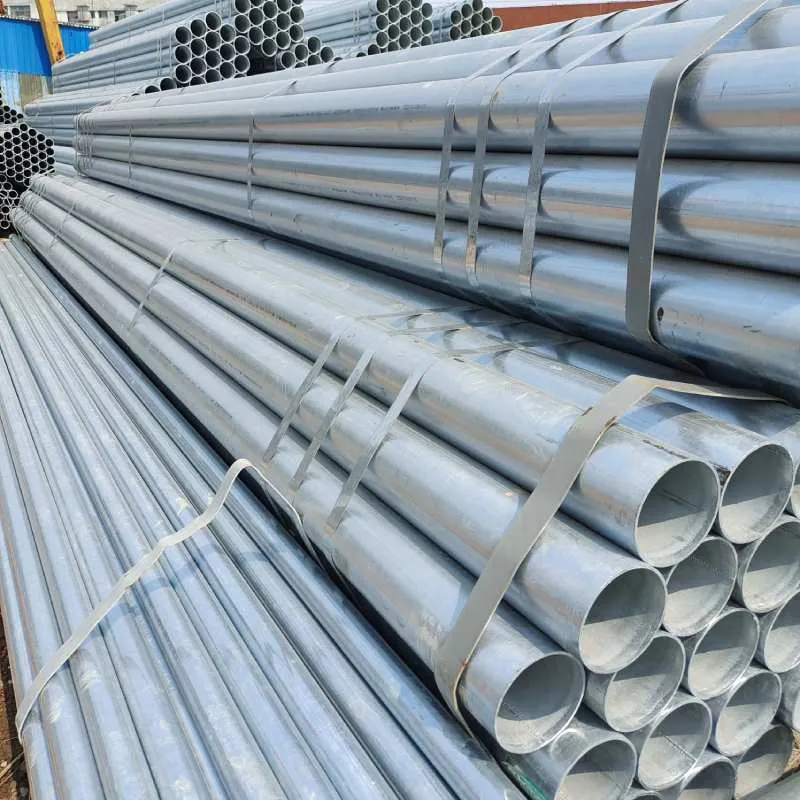-
Cangzhou Yulong Steel Co., Ltd.
-
Phone:
+86 13303177267 -
Email:
admin@ylsteelfittings.com
- English
- Arabic
- Italian
- Spanish
- Portuguese
- German
- kazakh
- Persian
- Greek
- French
- Russian
- Polish
- Thai
- Indonesian
- Vietnamese
- Zulu
- Korean
- Uzbek
- Hindi
- Serbian
- Malay
- Ukrainian
- Gujarati
- Haitian Creole
- hausa
- hawaiian
- Hebrew
- Miao
- Hungarian
- Icelandic
- igbo
- irish
- Japanese
- Javanese
- Kannada
- Khmer
- Rwandese
- Afrikaans
- Albanian
- Amharic
- Armenian
- Azerbaijani
- Basque
- Belarusian
- Bengali
- Bosnian
- Bulgarian
- Catalan
- Cebuano
- China
- China (Taiwan)
- Corsican
- Croatian
- Czech
- Danish
- Esperanto
- Estonian
- Finnish
- Frisian
- Galician
- Georgian
- Kurdish
- Kyrgyz
- Lao
- Latin
- Latvian
- Lithuanian
- Luxembourgish
- Macedonian
- Malgashi
- Malayalam
- Maltese
- Maori
- Marathi
- Mongolian
- Myanmar
- Nepali
- Norwegian
- Norwegian
- Occitan
- Pashto
- Dutch
- Punjabi
- Romanian
- Samoan
- Scottish Gaelic
- Sesotho
- Shona
- Sindhi
- Sinhala
- Slovak
- Slovenian
- Somali
- Sundanese
- Swahili
- Swedish
- Tagalog
- Tajik
- Tamil
- Tatar
- Telugu
- Turkish
- Turkmen
- Urdu
- Uighur
- Welsh
- Bantu
- Yiddish
- Yoruba

Nov . 21, 2024 09:35 Back to list
blank flange
Understanding Blank Flanges Key Components in Pipe Systems
In the world of piping and industrial applications, flanges play a crucial role in ensuring the integrity and functionality of systems. One specific type of flange that deserves attention is the blank flange. This article explores what blank flanges are, their applications, advantages, and considerations for usage.
What is a Blank Flange?
A blank flange, also known as a blind flange, is a type of flange that does not have a hole in the center. Its primary purpose is to seal the end of a piping system or a vessel, thus preventing the flow of fluids or gases. These flanges are commonly used in applications where a line needs to be temporarily or permanently closed off, making them an essential component in various industrial sectors.
Applications of Blank Flanges
Blank flanges are versatile and find applications in numerous industries, including
1. Oil and Gas Industry In this sector, maintaining the integrity of pipelines is critical. Blank flanges are used to seal off piping sections during maintenance or inspection, ensuring safety and preventing leaks.
2. Water and Wastewater Treatment These flanges help to close off tanks and other containment vessels, ensuring that there are no unintended discharges or ingress of contaminants.
3. Chemical Processing In chemical plants, blank flanges are utilized for securing reactor vessels and other pressure-containing components, thereby facilitating safe operations.
4. HVAC Systems They are also used in heating, ventilation, and air conditioning systems to block off unused sections of ductwork.
Advantages of Blank Flanges
1. Leak Prevention One of the primary functions of blank flanges is to prevent leaks in piping systems. By securely sealing the ends of lines, they protect the environment and personnel from exposure to hazardous substances.
blank flange

2. Maintenance Flexibility Blank flanges make it easier for technicians to perform maintenance work without having to drain entire systems. This is particularly advantageous in large systems where downtime can be costly.
3. Cost-Effective By using blank flanges, industries avoid the need for more complex valve systems to isolate sections of piping, thus saving on material and labor costs.
4. Ease of Installation Blank flanges are relatively straightforward to install, often requiring only standard tools to achieve a proper seal. This simplicity can translate into reduced installation time.
Considerations for Usage
While blank flanges offer numerous benefits, there are some considerations to keep in mind
1. Material Selection Blank flanges are available in a variety of materials, including carbon steel, stainless steel, and plastic. Selecting the right material is essential to ensure compatibility with the medium being contained and to withstand environmental conditions.
2. Pressure Ratings It is important to choose blank flanges that are rated for the specific pressure and temperature conditions of the application. Using flanges that are not properly rated can lead to catastrophic failures.
3. Maintenance While blank flanges can enhance maintenance procedures, it is still crucial to regularly inspect them for signs of wear, corrosion, or damage to ensure they remain effective.
4. Regulatory Compliance Depending on the industry, there may be strict regulations regarding the use of blank flanges. Ensuring compliance with local, national, and international standards is essential to maintaining safety and legal operations.
Conclusion
Blank flanges serve as essential components in various piping systems, providing a reliable means of sealing and isolating portions of a system. Their versatility, ease of use, and cost-effectiveness make them a go-to choice for engineers and technicians alike. Proper selection, maintenance, and understanding of regulatory requirements can further enhance their effectiveness and ensure safe operations across many industries. Whether in oil and gas, chemicals, or HVAC, blank flanges are vital in maintaining system integrity and preventing environmental hazards, showcasing their importance in modern industrial practices.
Latest news
-
ANSI 150P SS304 SO FLANGE
NewsFeb.14,2025
-
ASTM A333GR6 STEEL PIPE
NewsJan.20,2025
-
ANSI B16.5 WELDING NECK FLANGE
NewsJan.15,2026
-
ANSI B16.5 SLIP-ON FLANGE
NewsApr.19,2024
-
SABS 1123 FLANGE
NewsJan.15,2025
-
DIN86044 PLATE FLANGE
NewsApr.19,2024
-
DIN2527 BLIND FLANGE
NewsApr.12,2024
-
JIS B2311 Butt-Welding Fittings LR/SR 45°/90° /180°Seamless/Weld
NewsApr.23,2024











